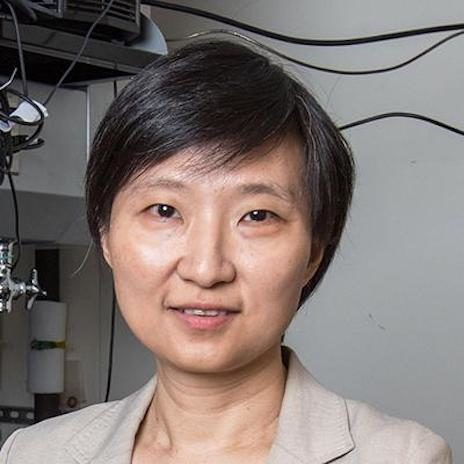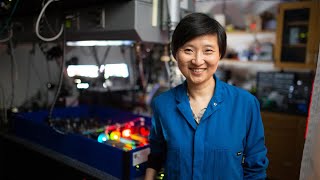
Xiaowei Zhuang, PhD
“We invent imaging methods to see the invisibly tiny things in our body, like little molecules, and see how they function together to give rise to life.”
Xiaowei Zhuang works in the areas of single-molecule biology and bioimaging, developing imaging techniques to study biological systems quantitatively. The understanding of living organisms has greatly benefited from imaging tools. In particular, understanding the inner workings of a cell requires imaging techniques with molecular-scale resolution such that molecular interactions and processes inside the cell can be directly visualized. Members of the Zhuang lab apply their diverse expertise in chemistry, physics, biology and engineering to develop imaging methods with single-molecule sensitivity, nanometer-scale resolution, and dynamic imaging capability to meet these challenges. They further apply these tools to study a variety of biological problems, such as how proteins and nucleic acids interact, how viruses infect cells, and how neurons compute.
Zhuang received her B.S. in Physics from the University of Science and Technology of China, Ph.D. Degree in Physics from the University of California at Berkeley, and postdoctoral training in biophysics at Stanford University. In 2001, she became an assistant professor at Harvard University, where she was promoted to associate professor in 2005 and full professor in 2006. She joined the Howard Hughes Medical Institute as an investigator in 2005. Zhuang is a member of the National Academy of Sciences, a fellow of American Association of the Advancement of Science, and a fellow of the American Physical Society. She serves on the editorial boards of Cell, eLife, Annual Review of Biophysics, Chemical Physics Letters, and Optical Nanoscopy.





